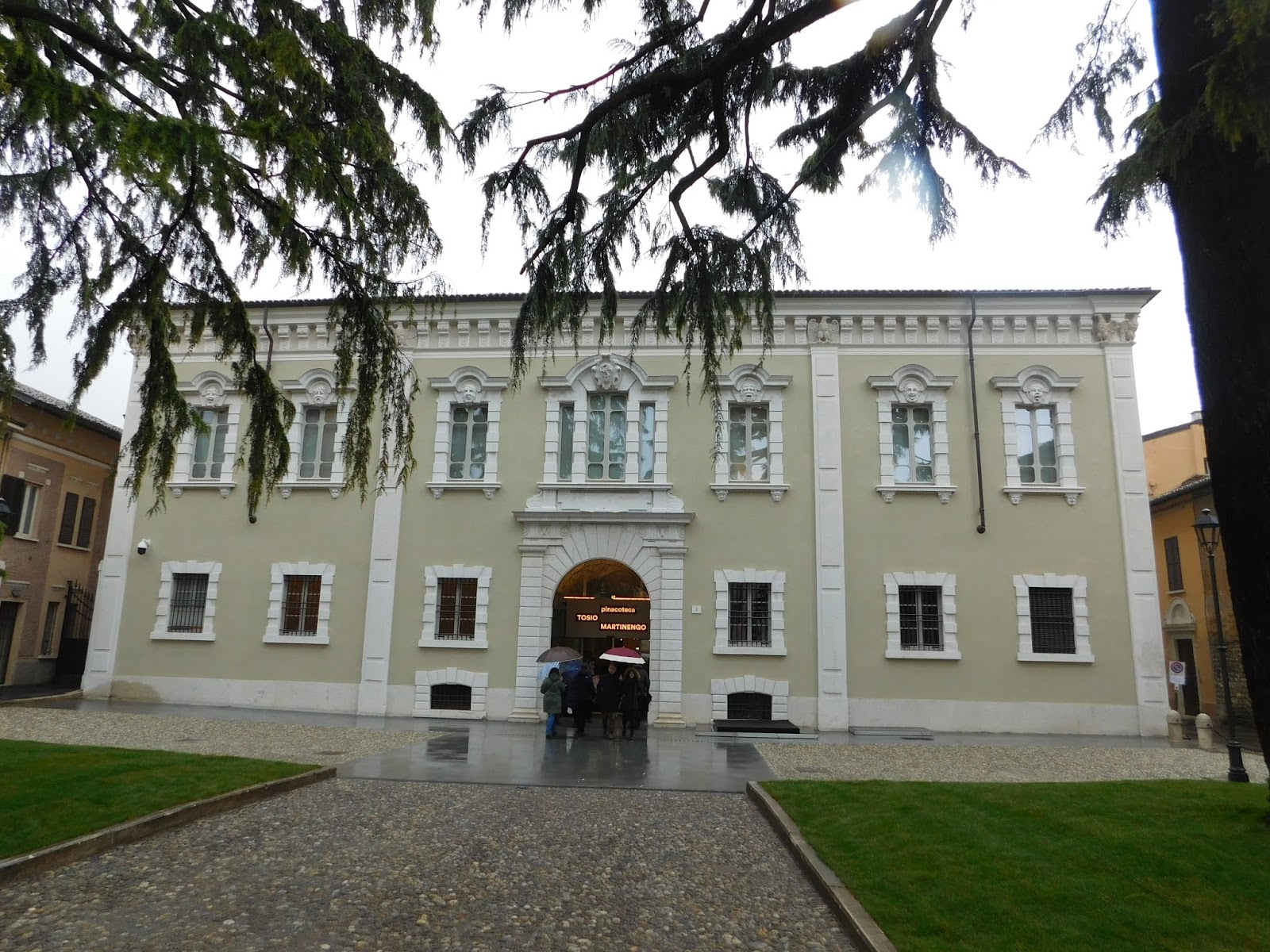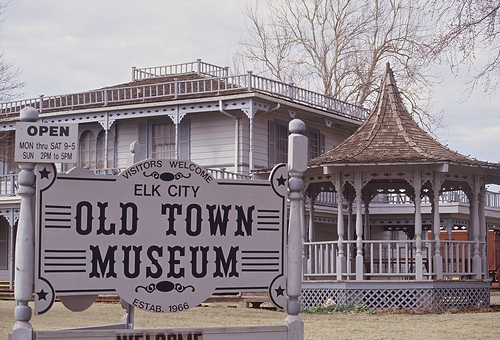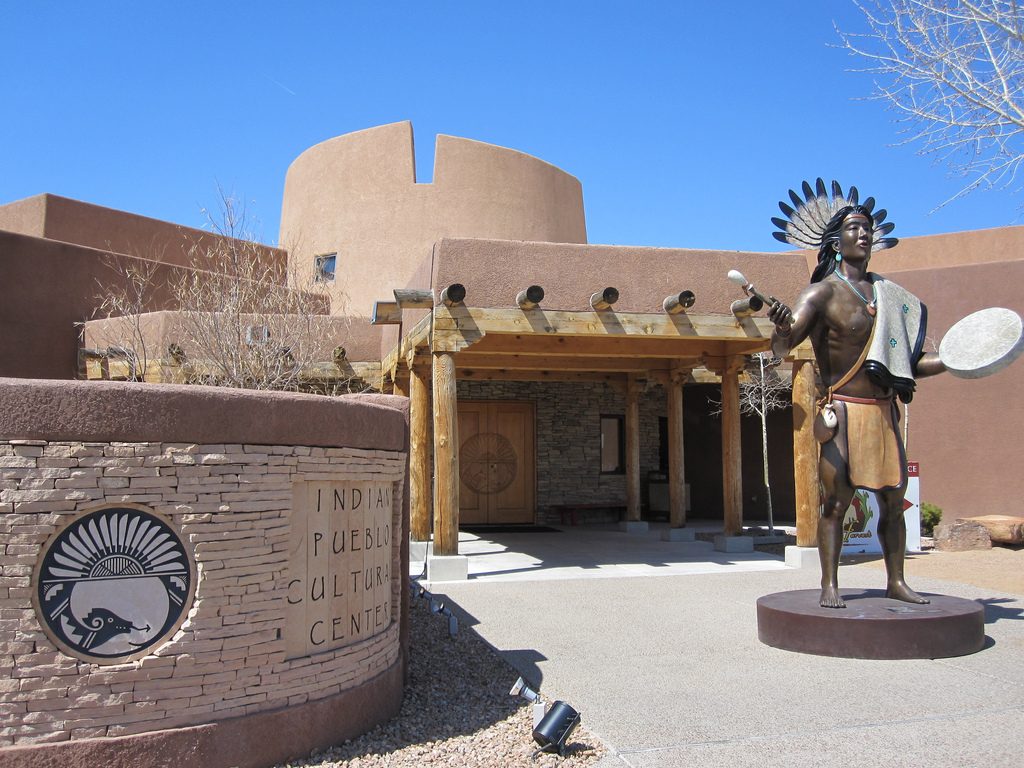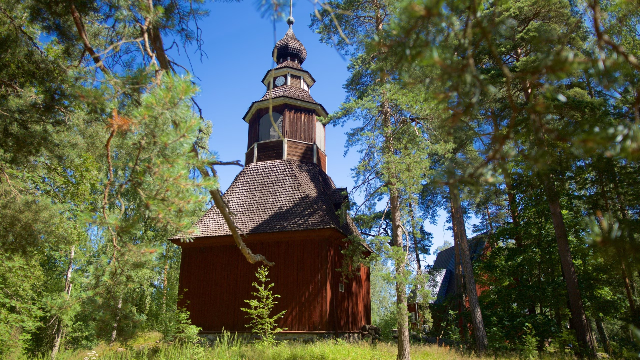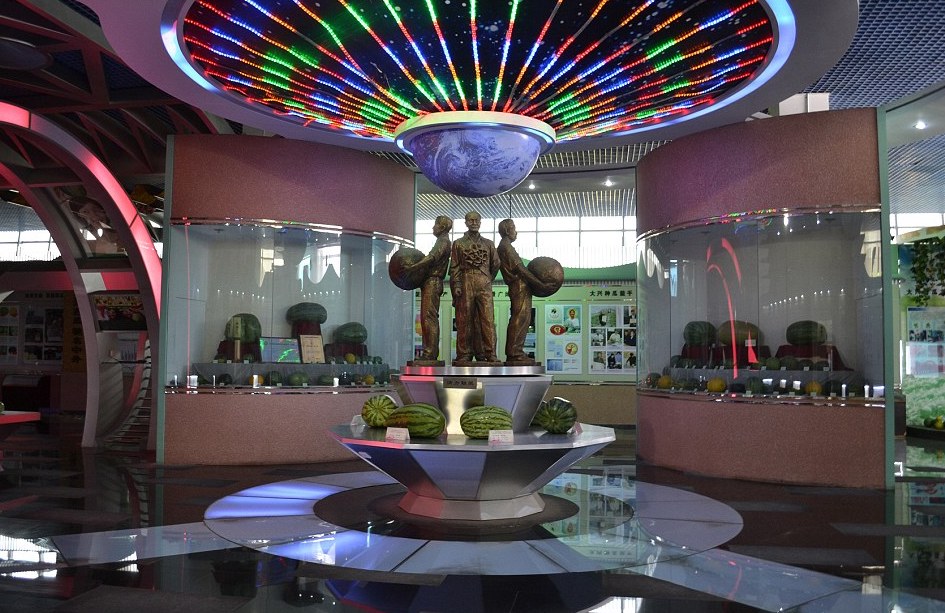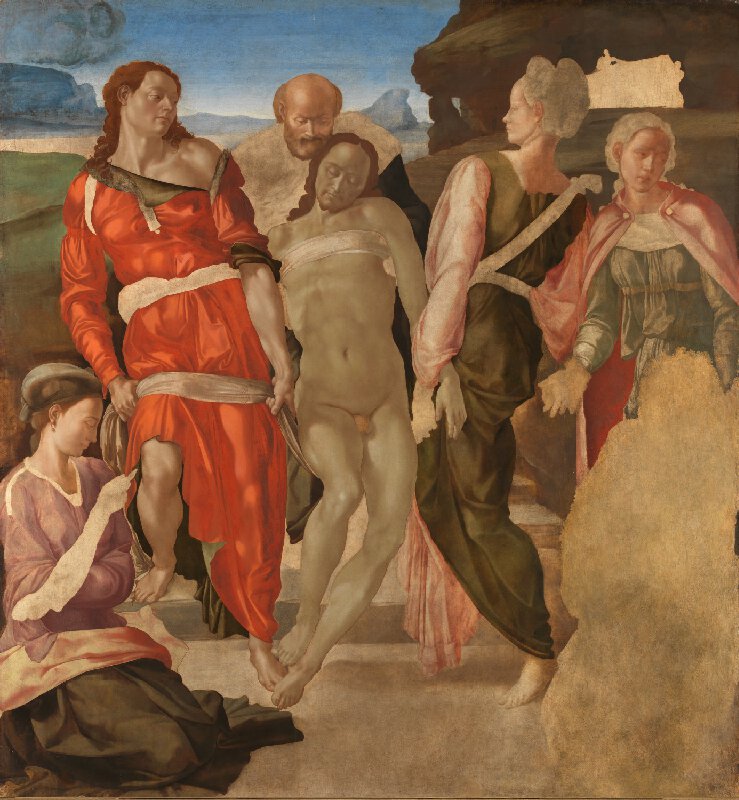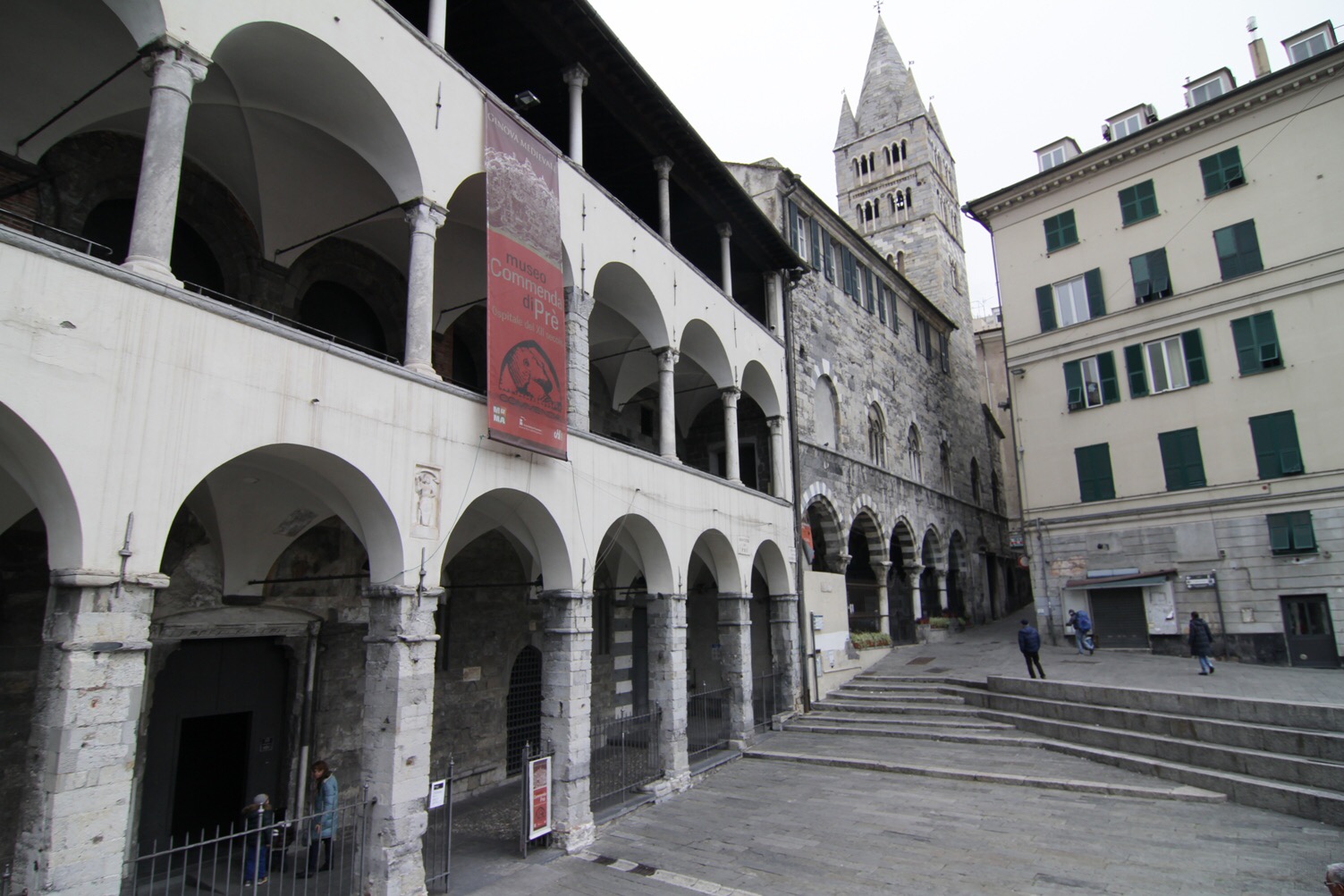The Pinacoteca, with its important collection of works – Raphael, Foppa, Savoldo, Moretto, Romanino, Lotto, Ceruti, Hayez, Thorvaldsen, Pelagi, Canella and Canova to name but a few of the most famous names – has been reorganized through a new exhibition itinerary in 21 rooms designed to give visitors back the complexity of the Museum and its collections through a reflection on their history and the critical orientations that determined their physiognomy from the late Gothic to the early nineteenth century.
The heart of the Pinacoteca is made up of Brescian Renaissance painting, which had among its main interpreters Vincenzo Foppa, Giovanni Gerolamo Savoldo, Girolamo Romanino and Alessandro Moretto. These are flanked by numerous ‘easel paintings from the 17th and 18th centuries with themes and genres often influenced by Flemish and Dutch painting: landscapes and seascapes, still lifes, animal paintings, bucolic and burlesque scenes, accompanied by portraits and sacred and profane stories. Still in the Brescia area, the so-called " painters of reality" deserve attention; such as Antonio Cifrondi and Giacomo Ceruti, known by the nickname of Pitocchetto.
Particular attention has been paid to an effective integration between Brescian and Italian painting, combined with an integration with the decorative arts of the time – goldsmiths, ivories, enamels, medals, glass, plates – placed with valuable specimens along the exhibition path. Unlike previous exhibitions, it was decided to extend the chronological picture to include the first half of the nineteenth century, with the great commissions of Paolo Tosio, Leopardo Martinengo da Barco and Camillo Brozzoni.
